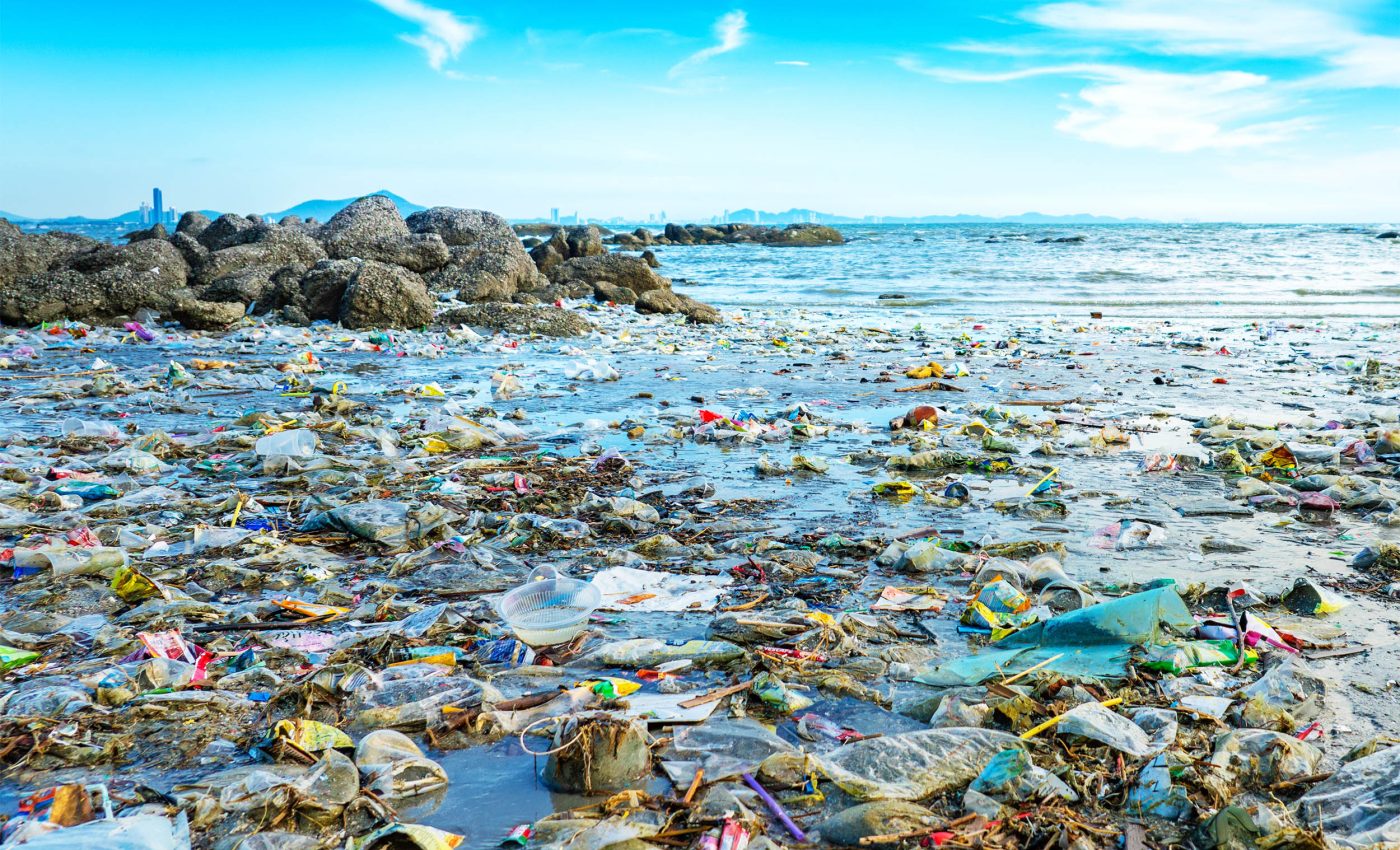
Scientists think their biotech breakthrough could end plastic waste forever
Humans generated about 485 billion pounds of plastic waste in 2024 – an amount so large it’s incredibly difficult to comprehend. One quick drink or single shipment box often lingers for centuries, so researchers keep hunting for materials that disappear safely after use.
Now Maksud Rahman, a mechanical engineer at the University of Houston, and collaborators at Rice University report bacterial cellulose sheets that rival metal for strength yet compost like paper.
Why bacterial cellulose sheet is useful
This biopolymer is spun outside the cell wall of species such as Novacetimonas hansenii, forming ribbons only a few nanometers thick that lock together like Velcro and can reach tensile strength values above 400 MPa.
Because the fiber network is pure, porous, and matches human tissue chemistry, clinicians already test it as a transparent wound covering that eases pain and speeds healing.
Microbes build strong sheets
“We envision these strong, multifunctional and eco‑friendly bacterial cellulose sheets becoming ubiquitous, replacing plastics in various industries and helping mitigate environmental damage,” said Rahman.
Guided by a slow, continuous spin inside an oxygen‑permeable cylinder, the bacteria swim in one direction and lay each thread side‑by‑side, turning random mats into ordered cables that reach 436 MPa and a 32 GPa modulus.
“The resulting bacterial cellulose sheets display high tensile strength, flexibility, foldability, optical transparency, and long‑term mechanical stability,” noted doctoral researcher M.A.S.R. Saadi.
Boosting bacterial cellulose sheet
The team then mixed in hexagonal boron nitride flakes, a 2‑D material whose Young’s modulus hovers near 0.8 TPa and whose thermal conductivity can exceed 700 W m⁻¹ K⁻¹.
With the flakes wedged between cellulose ribbons, strength jumped to 553 MPa while heat dissipated three times faster, leading Rahman to call the single‑step process “a scalable, flexible biosynthesis method with various nanomaterials.”
Uses of bacterial sheet in real life
A sheet this tough could fold into a disposable water bottle, line a shipping pouch, or reinforce fiber‑based electronics without shedding microplastic shards.
Biomedical companies eye the same platform for burn dressings and tissue scaffolds, since bacterial cellulose absorbs fluid yet releases it slowly enough to keep wounds moist.
Petroleum‑based plastics persist precisely because their carbon backbone resists microbial attack, whereas cellulose breaks down under ordinary composting conditions and spares the atmosphere extra fossil‑derived CO₂.
Holding up over time
Yield now sits around 7.5 mg day⁻¹ in a lab reactor; industrial drums must multiply that figure without tilting the delicate oxygen balance the microbes require.
Boron nitride adds cost and mining footprints, so engineers will test other mineral plates or even plant‑derived nanofibers that could supply similar stiffness at lower price.
Durability testing showed the rotational bacterial cellulose sheets maintained their shape and strength even after 10,000 mechanical loading cycles.
Under stress conditions simulating real-world fatigue, their structure stayed intact with no visible fractures or surface separation.
The material’s response to repeated tension suggests it could handle long-term use in flexible electronics, medical devices, or lightweight load-bearing applications where both elasticity and toughness are essential.
Mixing in other materials for new traits
The team used boron nitride nanosheets to enhance strength and thermal conductivity, but the same setup could accept other additives.
Materials like graphene oxide, cellulose nanocrystals, or clay nanosheets might bring conductivity, flame resistance, or moisture control depending on the use case.
Because the bacteria spin cellulose in real time, the added particles get embedded directly into the fiber network.
This lets researchers customize each sheet’s behavior during growth, rather than requiring extra manufacturing steps after production.
Life‑cycle assessments, regulatory scrutiny, and consumer perception studies still lie ahead, yet the flow‑guided approach hints at a future where packaging strength no longer means permanent pollution.
How to scale bacterial sheet production
Right now, the setup uses a custom-built rotational culture device that spins at 60 rpm and yields about 7.5 mg of dry material per day.
That works for lab testing, but industrial applications will need much larger volumes and faster throughput.
To scale up, engineers will have to optimize oxygen flow, nutrient cycling, and bacteria strain performance while keeping alignment intact.
If successful, the method could be adapted to existing fermentation or bioreactor infrastructure with minor retrofitting.
Bacterial cellulose sheet vs plastic and metal
Aligned bacterial cellulose sheets already outperform many commercial polymers and glass when mapped on Ashby plots comparing tensile strength and Young’s modulus to density.
These charts show the material achieving stiffness values close to some metals while remaining far lighter.
That balance of strength and low weight could make it attractive for aerospace, structural packaging, or thermal insulation where reducing load matters but performance cannot be compromised.
The study is published in Nature Communications.
—–
Like what you read? Subscribe to our newsletter for engaging articles, exclusive content, and the latest updates.
Check us out on EarthSnap, a free app brought to you by Eric Ralls and Earth.com.
—–













